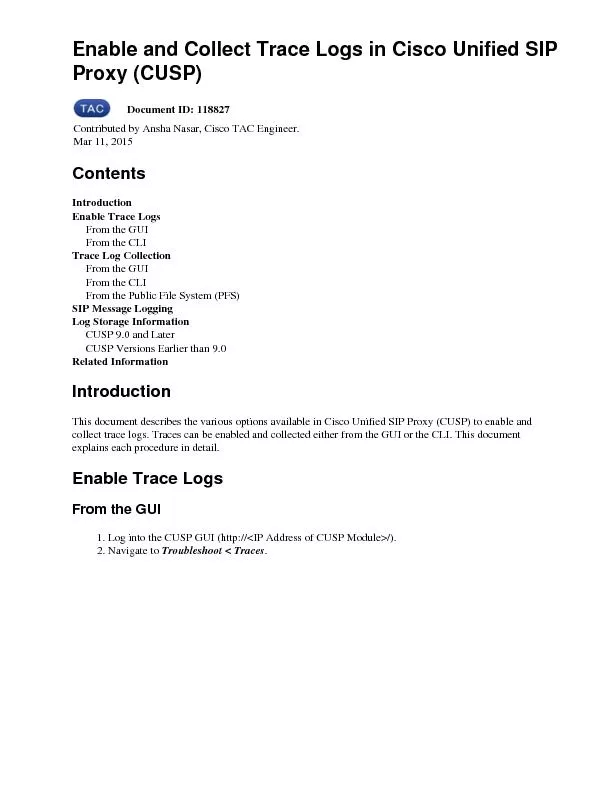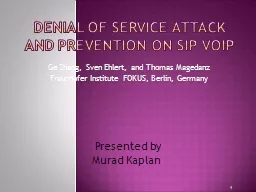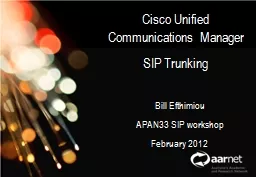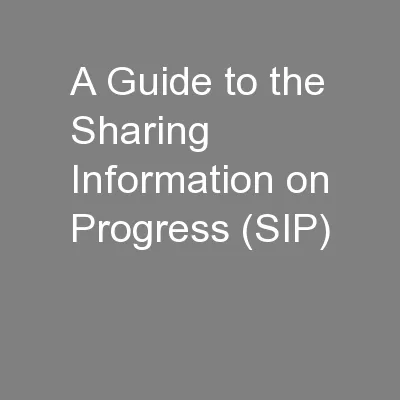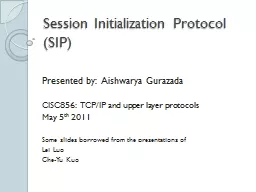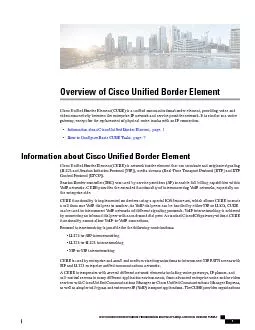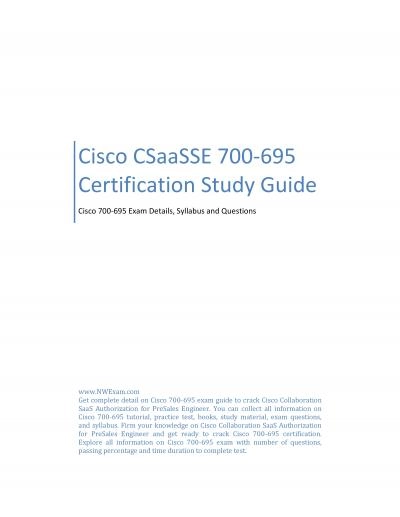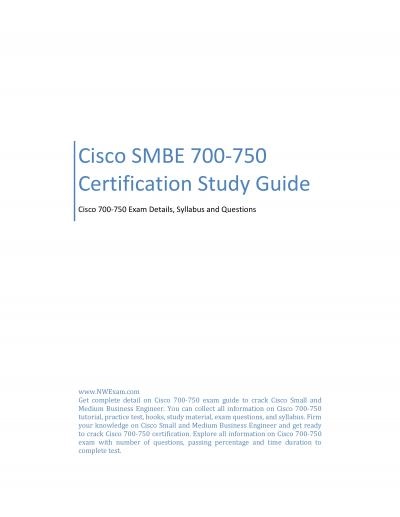PDF-Enable and collect trace logs in cisco unified SIP proxy
Author : liane-varnes | Published Date : 2017-04-02
Enable Tracing box and then select the required components to troubleshoot the issueand set the level to debug3 Click Update after you make the required changes4
Presentation Embed Code
Download Presentation
Download Presentation The PPT/PDF document "Enable and collect trace logs in cisco u..." is the property of its rightful owner. Permission is granted to download and print the materials on this website for personal, non-commercial use only, and to display it on your personal computer provided you do not modify the materials and that you retain all copyright notices contained in the materials. By downloading content from our website, you accept the terms of this agreement.
Enable and collect trace logs in cisco unified SIP proxy: Transcript
Download Rules Of Document
"Enable and collect trace logs in cisco unified SIP proxy"The content belongs to its owner. You may download and print it for personal use, without modification, and keep all copyright notices. By downloading, you agree to these terms.
Related Documents

